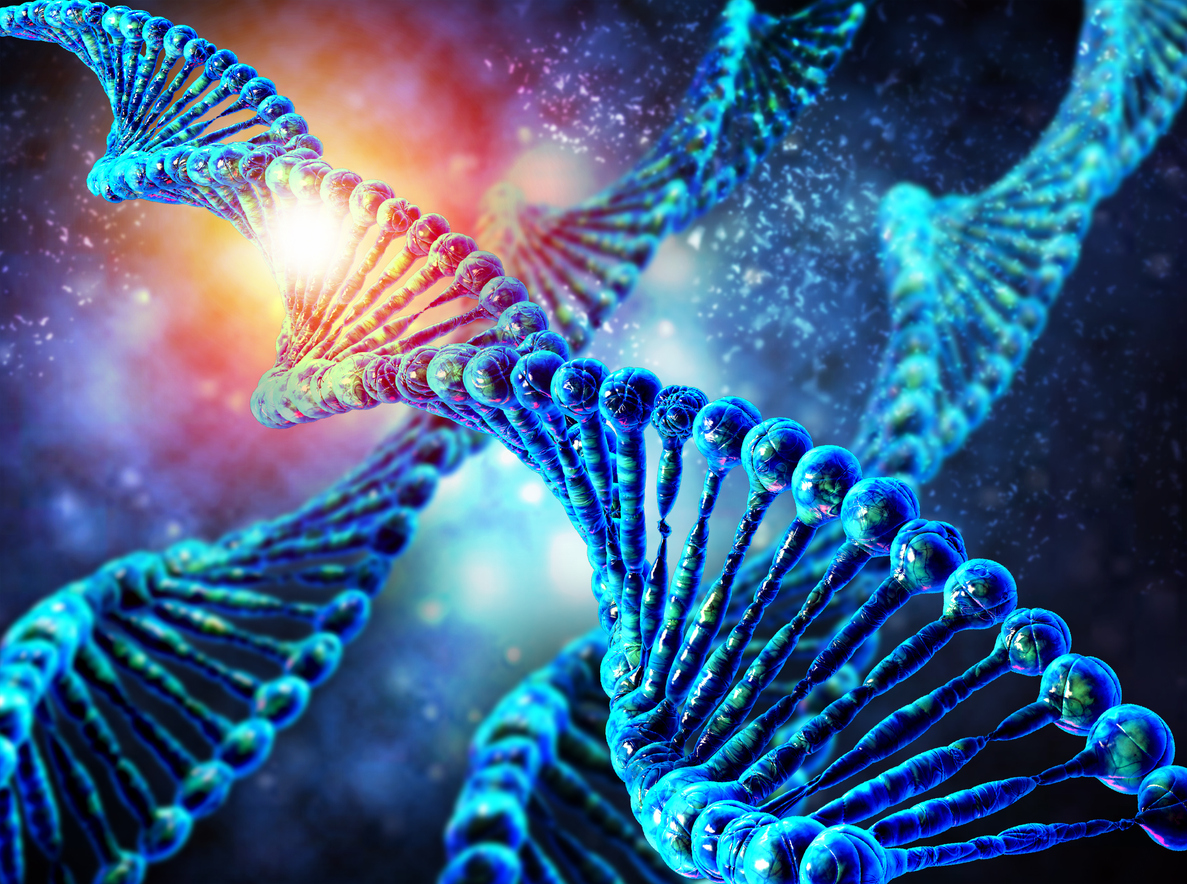As announced at the end of July, the work of the American-Sino-Korean team were published in the Nature journal on 2 August (see United States: first genetically modified human embryos). Their work is “having a major media impact and raising a multitude of questions”. Authorised by the Ethics Committees at relevant universities, the CRISPR tool was applied to human embryos to correct genome mutation (MYBPC3) responsible for hereditary cardiac disease.
Seventy-seven embryos were created by in-vitro fertilisation, “solely for this purpose”, using the sperm of a man carrying the MYBPC3 mutation and the eggs of several female donors without the mutation. “Nineteen of these were not handled (‘control’ embryos) and, as regards the other 58, genetic mutation, if present, could generally be corrected via CRISPR”. The embryos were destroyed after a few days.
Although these procedures are not a world first (see China stubbornly intends to continue the genetic handling of human embryos), they “herald a new stage in the re-editing of genomes at the embryo stage and therefore in transmissible genetic changes”. The crossing of this red line by the Chinese, which was denounced two years ago, would no longer be considered in the same light today. Furthermore, the obstacles encountered by the Chinese teams appear to have been lifted: 72% of embryos were “corrected”, no off-target mutation was highlighted and only one mosaic embryo was documented. To obtain these results, scientists “injected the spermatozoa and the genome modification kit at the same time – at a specific moment in egg division”. However, this was a dominant disease (only one copy of the mutated gene out of the two present in our cells triggers the disease), and the CRISPR system repaired the second copy using the non-mutated gene as the model. This type of mechanism would not work for recessive diseases.
Scientists “once again put forward the therapeutic argument” to justify their work. They emphasise the fact that “approximately ten thousand diseases, such as hypertrophic cardiomyopathy, are caused by single gene mutation”, and their aim is “to cure serious diseases”. (…) Genetic correction applied in this way would correct mutant embryos, increase the number of embryos available for implantation and ultimately increase the number of pregnancies”. However, this argument does not convince those in favour of pre-implantation diagnostics who believe that, “50% of healthy, reimplantable embryos are already obtained with IVF (…) [With CRISPR], this figure rises to 72%, which is a very modest improvement”.
“Another line has been crossed”, which “will inevitably refuel the ethical debate: Is the artificial introduction of genome modifications to human embryos justified, albeit for medical purposes? “Although changes to genetic heritage are not authorised in any country in the world, “we nevertheless find ourselves on a slippery slope”. The Oviedo Convention, “which authorises human genome intervention ‘solely for preventive, diagnostic and therapeutic purposes, and only if it does not lead to genome modification in descendants’” is “an instrument completely overlooked by many countries. It starts with China and the United States”, commented Jean-Yves Nau, journalist and medical doctor.
Le Monde, Paul Benkimoun (2/08/2017); Jean-Yves Nau (3/08/2017); Le Temps, Florence Rosier (2/08/2017)

